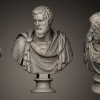Roman Emperor Tiberius
14 - 37 A.D.
Tiberius Claudius Nero Caesar
Busts, Statues, Coins, Information, Maps, Images, and More
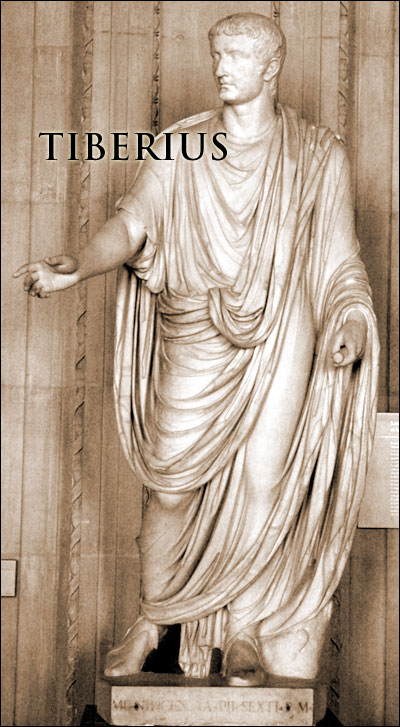
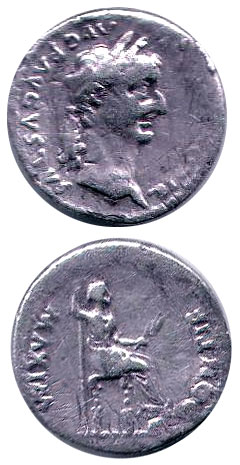
Tiberius Busts and Statues
1. Louvre Bust of Tiberius

Tiberius was Augustus' step-son. He was the second Emperor of Rome. This bust of Tiberius is from the Louvre, Paris. He was the Emperor of Ancient Rome during the adult life and death of Jesus.
2. Munich Bust of Emperor Tiberius

This image portrays the enigmatic character of Tiberius with his deceiving looks. Although intelligent and cunning, he was easily influenced by unscrupulous men. The bust is from the Hall of the Roman portraits, Glyptothek Munich
3. Egypt Bust of Young Tiberius

Tiberius was one of the Rome’s greatest generals but he was known to be the Emperor who never desired to be one. This bust of young Tiberius was found in Egypt in 1896 and is located at Ny Carlsberg Glyptotek, Copenhagen.
4. Istanbul Bust of Tiberius

Successor to Caesar Augustus, Tiberius was not popular in Rome because of his gloomy and unsociable character; he was only popular as successor to Caesar Augustus. The bust belongs to the Roman Imperial Portraits on display at Archaeological Museum, Istanbul.
5. Black Tiberius Bust

This dark figured Tiberius Bust seems to be showing his disposition in life. His political weakness, lack of judgment and jealousy led Rome into a dark time of political purging.
6. Bronze Bust of Tiberius

This gloomy looking bust of Tiberius is currently on display at National Archaeological Museum of Spain. Gaius or better known Pliny the Elder an ancient author called him tristissimus hominum, "the gloomiest of men".
7. Colossal Head of Tiberius

During the reign of Tiberius his first official act was the proclamation of the divinity of Augustus; he established the worship of the emperor-god. This colossal head is located at Museo Chiaramonti, named after Pope Pius VII. The Museo Chiaramonti has one of the World’s greatest collections and is open only by special permission.
8. Sketch Portrait of Tiberius

The portrait shows Tiberius as one of the greatest generals of the Roman Empire. Taken from the book, "History of the World," New York, 1901 by H.F. Helmolt (ed.) and copied from the University of Texas, Austin.
9. Tiberius Statue Sketch

This drawing is of a statue that was once part of the Farnese Collection, and can now be found at the Museo Nazionale, Naples. According to Tacitus "Tiberius would inaugurate everything with the consuls, as though the ancient constitution remained, and he hesitated about being emperor."
10. Tiberius Head Photo

Bust of Tiberius from the Museo Nazionale. Looking at the image, he has a very deep character. A cunning look in his eyes portrays the descriptions great historians wrote about him. It's from the photograph of James Anderson, on display at Museo Nazionale.
Tiberius Coins
1. Tiberius Silver Coin
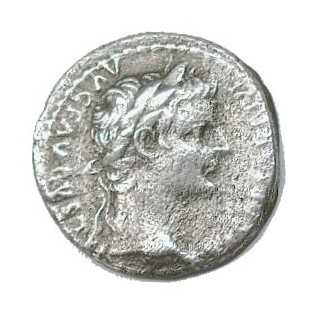
This coin reveals the laureate head of Tiberius with inscription not readable on the image but possibly "CAESAR AVGVSTVS DIVI F PATER PATRIAE".
2. Tiberius and Livia Seated
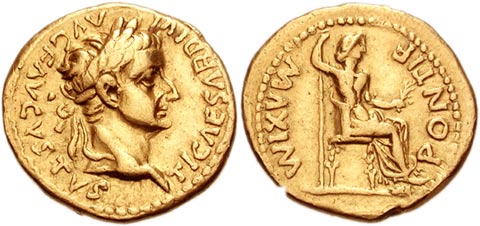
The laureate head of Tiberius is on the left surrounded with the inscription "TI CAESAR DIVI AVG F AVGVSTVS", while seated on the right is his mother Livia, holding a scepter and branch with inscription "PONTIF MAXIM".The coin is a Lyon mint.
3. Tiberius and Augusteum Temple
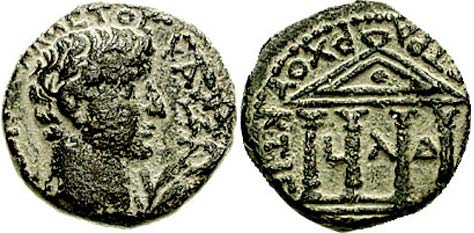
Bare head of Tiberius on front with Augusteum on Reverse. The head of Tiberius with laurel in front of him and on the reverse is a Tetra style temple. This dates back to RY 34 (30/31 AD).
4. Tetradrachm of Tiberius and Augustus
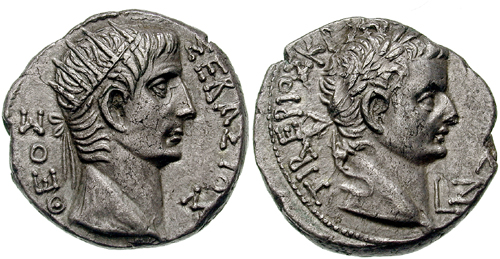
This coin is a Tetradrachm of Tiberius and the great Augustus. It is dated 7 (20 AD). On the left is the head of Augustus radiating, and on the right is the laureate head of Tiberius
5. Tiberius with a Naked Male Figure
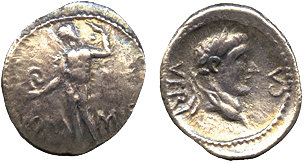
Standing on the left image is a male naked figure holding a lituus. On the right is the laureate head of Tiberius with caption "VERI CA".
6. Tiberius and Divus Augustus Tetradrachm
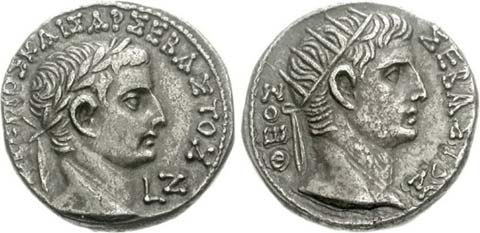
This coin reveals the wreathed head of Tiberius on the obverse (front) and Divus Augustus with his head radiating on its reverse.
7. Tribute Penny of Tiberius
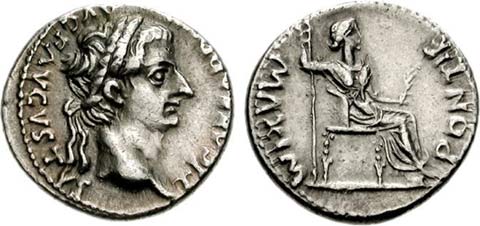
This coin was minted in Lugdunum, and it was struck in about 36 AD. This tribute penny bears the laureate head of Tiberius and seated opposite is his mother Livia holding an olive branch and a scepter with the other.
8. Tiberius with Concordia Temple
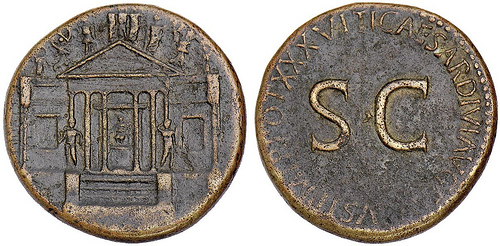
On the front (obverse) is the Temple of Concordia, decorated with statues of Jupiter, Juno and Minerva. Notice the the hexastyle facade flanked with Statues of Hercules and Mercury with two Victories in acroteria. "TI CAESAR DIVI AVG F AVGVST P M TR POT XXXVI" encircling "SC" is on reverse. Tiberius dedicated the Temple of Concordia on January 16 in 10 AD, the anniversary of the day Augustus assumed his new name.
More to Come
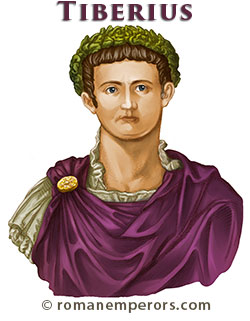
"Tiberius"
The empress Livia bore a son from a previous marriage whom she named "Tiberius."
Augustus was not impressed with Tiberius, even though he was an able soldier. He forced Tiberius to divorce the one he loved, Vipsania, and to marry Julia, his adulterous daughter.
The reign of Tiberius was damaged by treason trials, scandal, absence, indulgence, and his own personal orgies. In 26 A.D. Tiberius was 67 years old when he was persuaded by Sejanus, the reckless leader of the praetorian guard. He was advised to leave Rome and spend his life on the island of Capri, near the Bay of Naples. The ancient writer Suetonius wrote many scandalous stories regarding Tiberius and his orgies, indulgences, and sadistic displays. Tiberius learned of the treachery of Sejanus in 31 A.D. and had him executed. Sometime around 30 A.D. Jesus of Nazareth was crucified under the rule of Sejanus' prefect, Pontius Pilate, a fact which was known by the Roman historian, Tacitus.
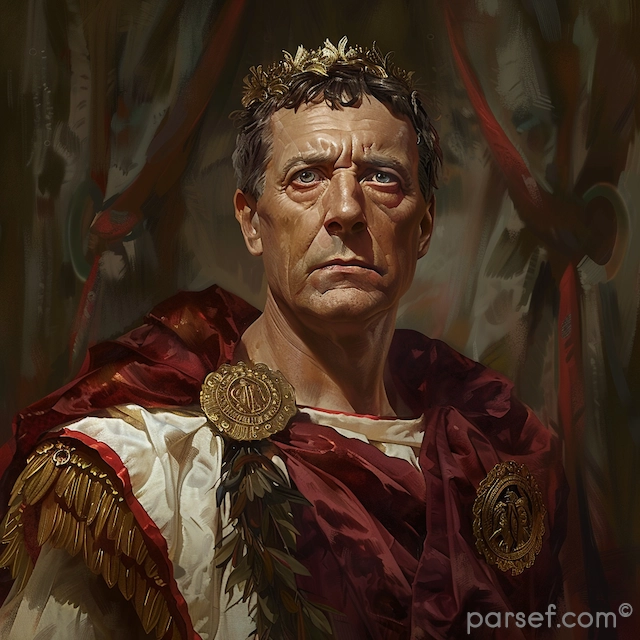
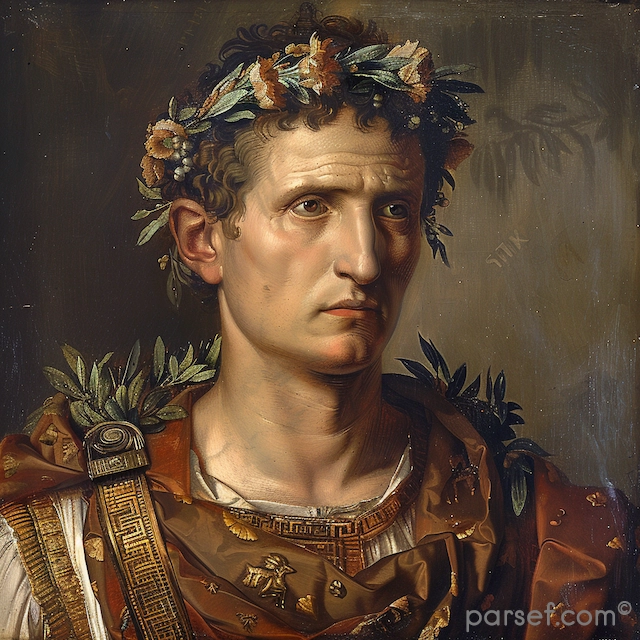
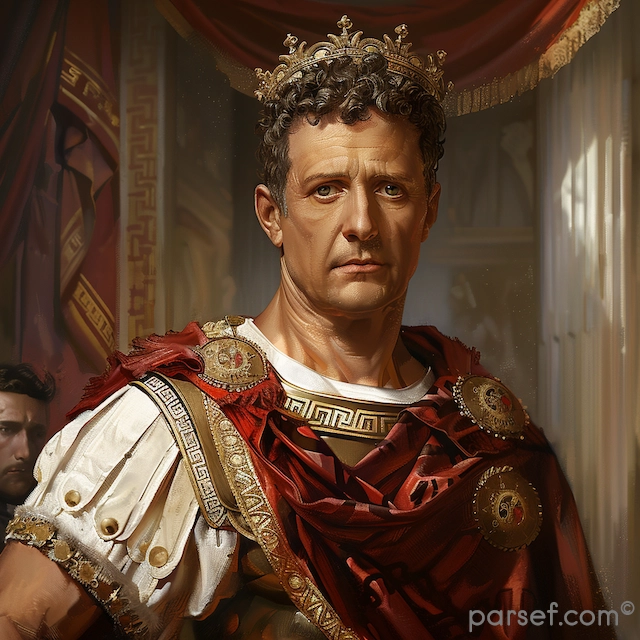
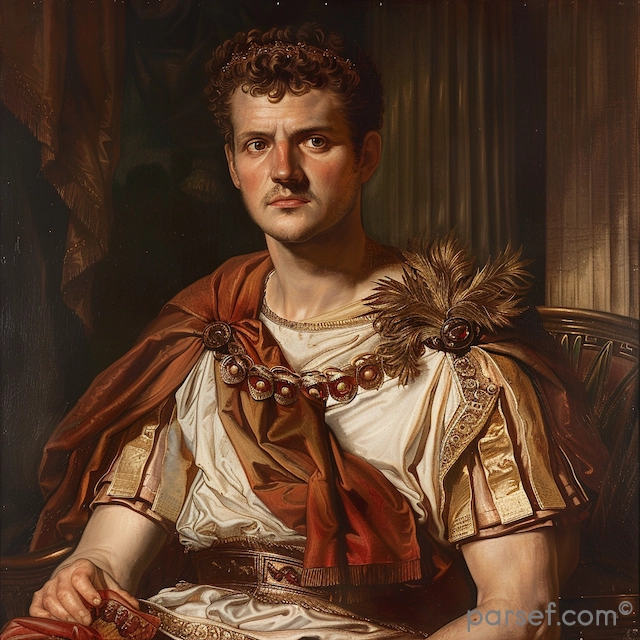
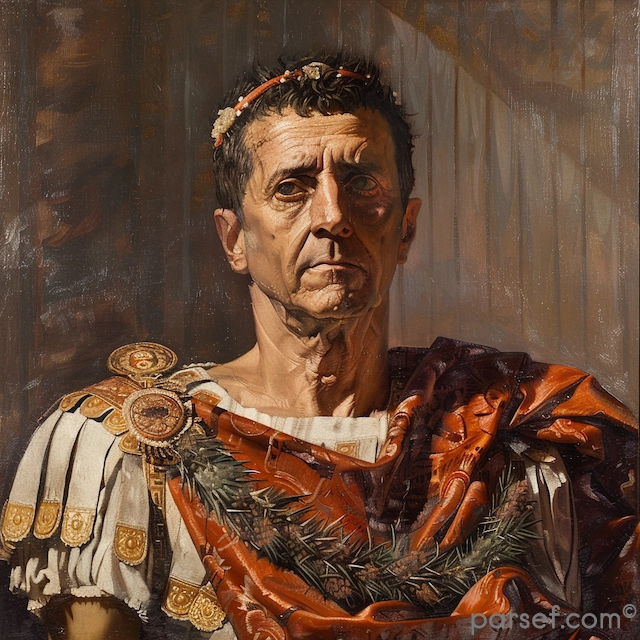
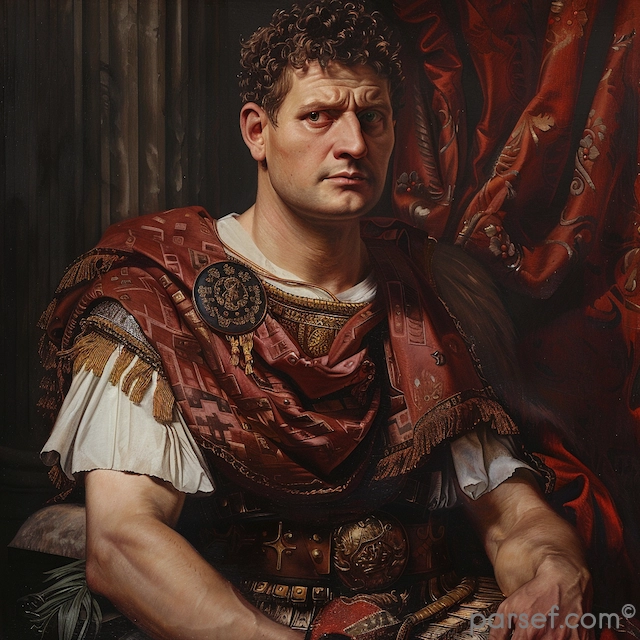
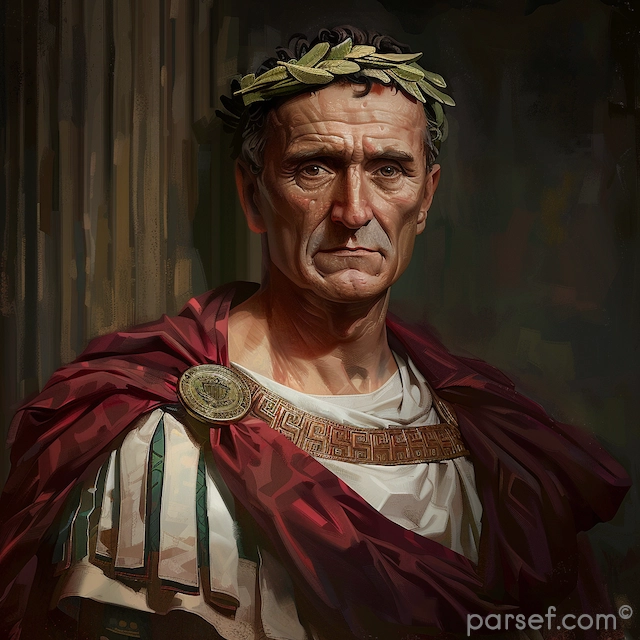
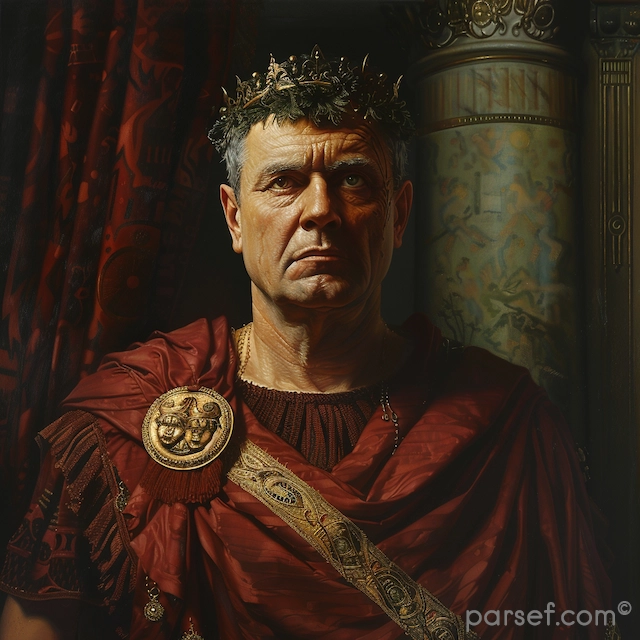
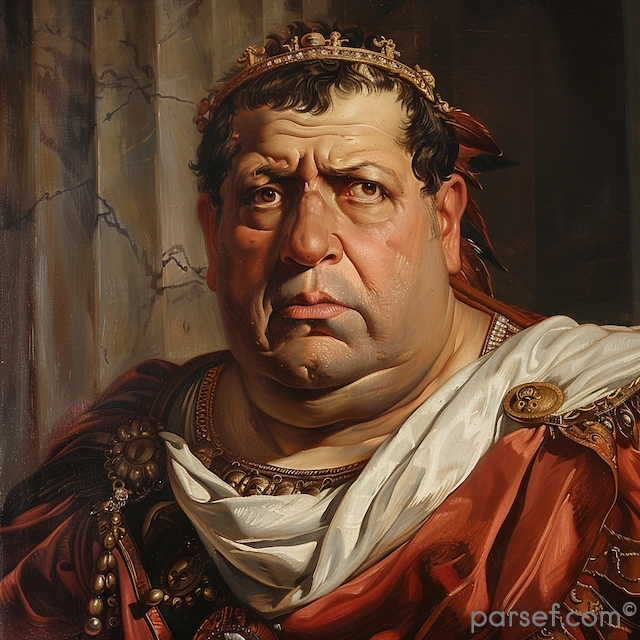
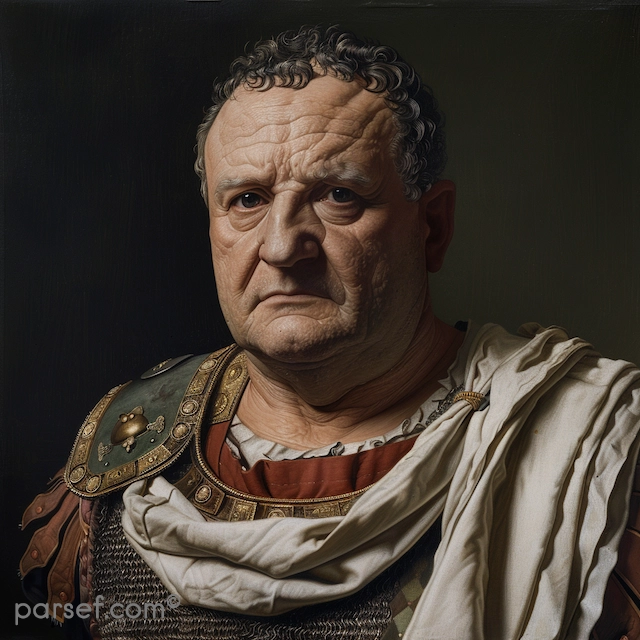
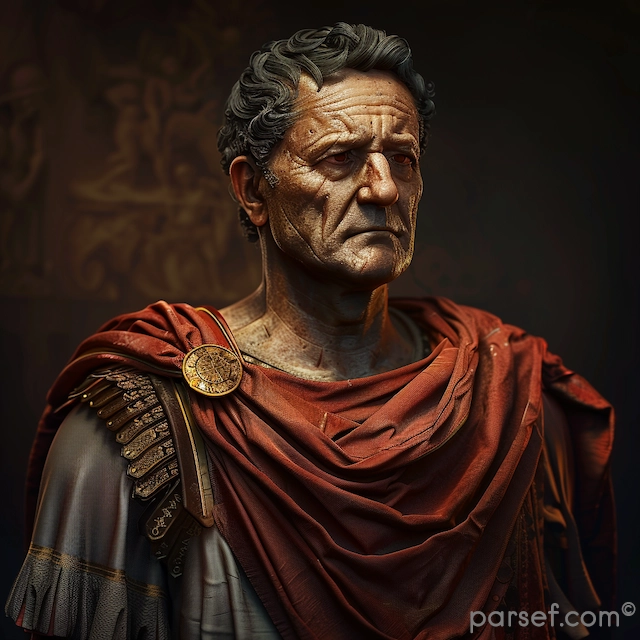
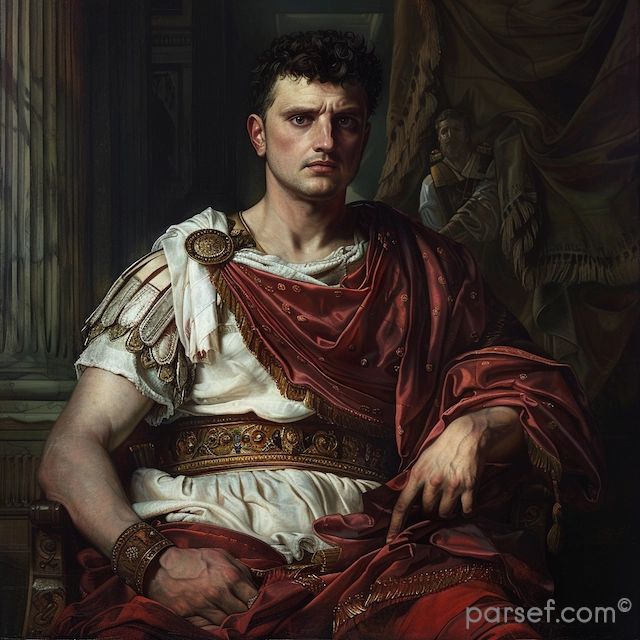
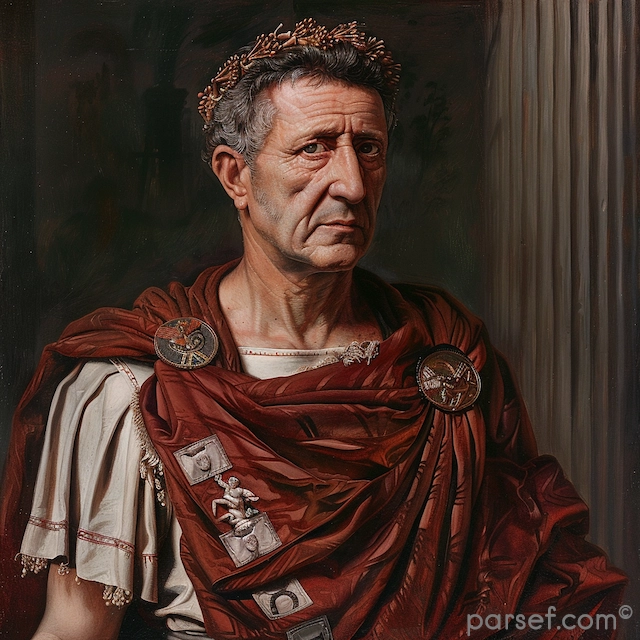
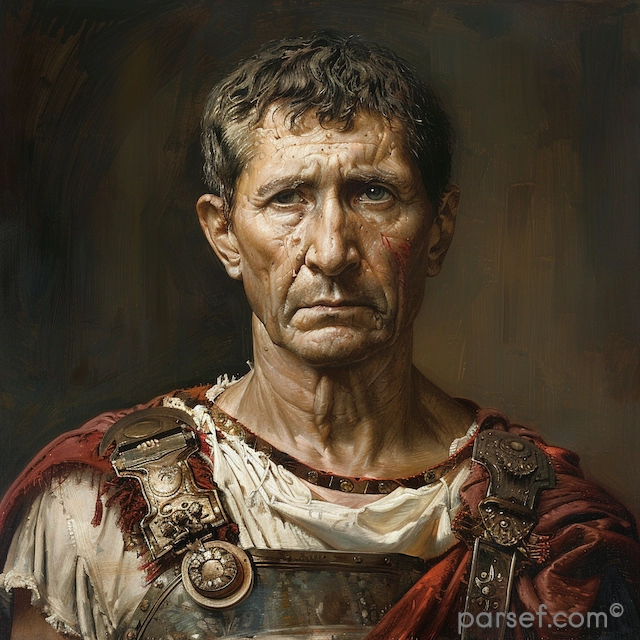

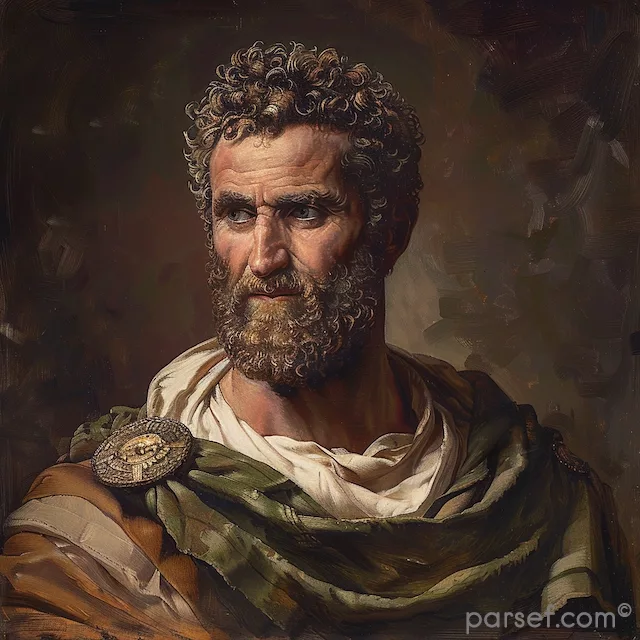
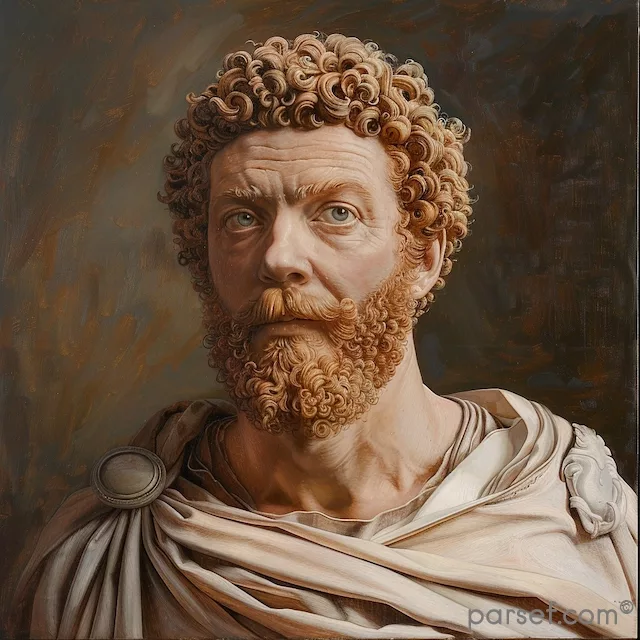
Latest




Popular



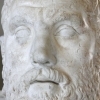
Useful



